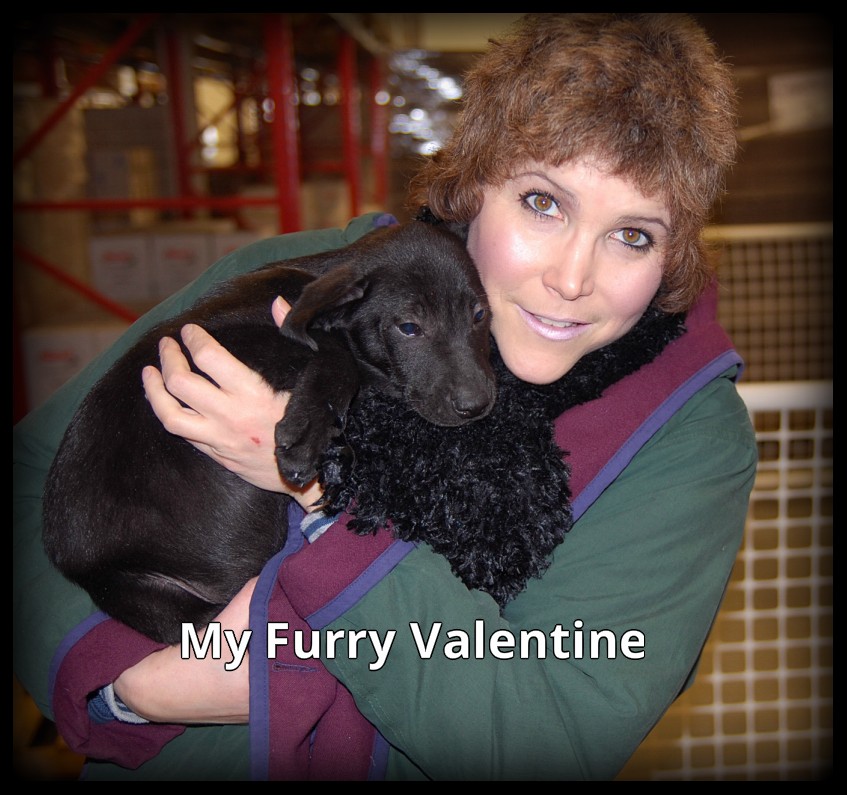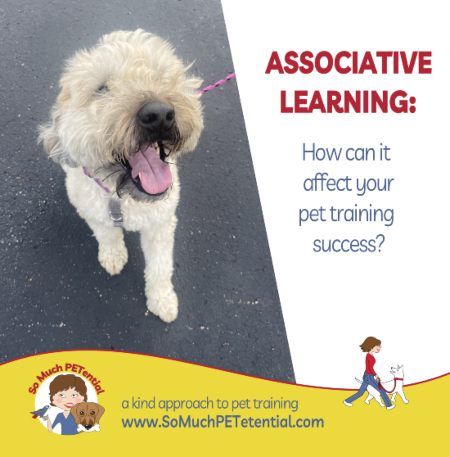Have you been wanting to add a furry companion to your household? You are about to have one of the largest selections from which to choose at My Furry Valentine.
The mega-adoption event founded and led by Phodographer Carolyn Evans brings together dozens of Cincinnati area animal rescue groups with a common goal of finding homes for more than 550 animals.
 In addition to adoptable pets, the event features: family friendly games, face painting, arts & crafts, a rescued farm animal petting zoo, and a variety of pet vendors. Parking and admission are free. Pet adoption fees and applications vary. All pet adopters will receive: a professional photo of their new pet, goody bag overflowing with free pet supplies, toys, treats, coupons, an Alcott adventure leash and collar set, and 1 large bag of IAMS pet food.
In addition to adoptable pets, the event features: family friendly games, face painting, arts & crafts, a rescued farm animal petting zoo, and a variety of pet vendors. Parking and admission are free. Pet adoption fees and applications vary. All pet adopters will receive: a professional photo of their new pet, goody bag overflowing with free pet supplies, toys, treats, coupons, an Alcott adventure leash and collar set, and 1 large bag of IAMS pet food.
I attended the event last year and fell in love with this sweet girl I am holding. She found her forever home there as did hundreds of others. What a wonderful effort.
If you are planning on attending, as a dog trainer, I want to encourage you to give thought in advance to your adoption. Having that forethought will go a long way toward setting your relationship with your pet up for success long term.
A Few Considerations
1. Puppy or Adult
There are some advantages to bringing home a puppy, some of which include the moldability of your puppy’s behavior and temperament to your lifestyle. However, keep in mind that puppies are living, breathing, chewing, playing, barking, eating, urinating beings. The first six months of your puppy’s life will be critical when it comes to socialization, teaching it all of the many life skills to set it up for success.
On the other hand, an adult dog’s habits, manners and temperament have a much longer history of practice – for better or for worse. Ask questions about your potential new companion (puppy or adult) before making the adoption. With adults, there are many who have great skills already and just need a second loving, forever home. There are others who have a few behavior problems that can be worked through with positive reinforcement training. And there are others who have very significant issues that will significantly alter your life due to management and positive training. Ask yourself if you have the time, the environment and the knowledge to benefit a dog with significant issues before bringing one home.
2. Choosing a dog – basics
When it comes to choosing a dog based upon breed qualities, it is important to note that within all breeds there is a wide variation in personality, behavior and temperament just as there is a wide variety among human children and adults. It would be a mistake to come home with a Golden Retriever and think it was simply born to be completely accepting of children climbing all over him. With any dog or puppy, it is up to you to set him up for success in your lifestyle.
However, it is important to consider breed-specific qualities and problems such as the amount of exercise needed for a working dog or health issues or potential health issues.
When choosing a puppy or dog, a few things you may want to watch for are: how the puppy/dog plays, how the puppy/dog reacts to being petted, is the puppy/dog reactive, does the puppy/dog approach strangers or back up from them.
3. Expenses
Ask yourself, can you afford a new puppy or dog? A puppy’s first year will include vaccines, spay or neuter surgery, and other possible medical expenses. Medical expenses and grooming expenses (depending on the breed) will need to be budgeted for. You will also need a dog crate, exercise pen or baby gate (for puppies especially), an ongoing supply of treats, high quality dog food, a comfy bed, a leash and collar (halter, Martingale or gentle leader), and training. You may also need to fence in your yard. And, if you plan on vacationing, you will need to add the expense of care for you pet.
4. Your living environment
Do you live in an apartment, a home without a yard or a home with a large fenced in area behind it? Different breeds will require different amounts of exercise, have different volumes of bark, and different sensitivities to stimulus. Before you arrive at My Furry Valentine, think about what types of breeds will be most successful in your environment. (Remember – mixed breeds have ‘breeds’ in them.) In general, sporting, hounds, herding and terrier breeds will require more daily exercise.
5. Children
It is important to realize that regardless of the breed of dog you bring home, EVERY dog will have his or her limits when it comes to tolerating being approached or handled in ways that make it uncomfortable. If you are planning on bringing a puppy or dog into your home with small children, do you have the time to supervise all of their interaction and teach your kids and dog skills for success? Do you know how to read dog body language to know when to intercede if those interactions become uncomfortable? A positive dog trainer can work with you to teach you and your children how to interact appropriately with your dog, and help to set you and your family up for success.
6. Other Pets
Similar to children, some dogs are naturally great with other pets, whereas other dogs are not. For some, a careful management and desensitization plan will go a long way toward helping the animals succeed. Ask yourself if you have the time to devote to this if needed. A positive, professional dog trainer can help.
7. Your Time and Lifestyle
Taking good care of a dog or any pet requires time for training, exercise, socialization and management. Remember, there is no such thing as a ready-made, well behaved dog. Once you bring your new friend into your home, it is your responsibility to teach it so that it can grow to its fullest potential and adapt successfully to your lifestyle and your family.
Different dogs will need different amounts of exercise and mental stimulation; however, they all will benefit from exercise. Bringing a puppy into your home is like bringing home a child. Your life is going to change dramatically between training (including house training), managing, and exercising. A working dog such as a border collie will need a lot of exercise – mentally and physically. Are you prepared for daily long walks or other ways of having your dog’s needs met, or would a dog that needs much less exercise be more successful in your home? Some dogs like the husky or Burmese mountain dog will be more tolerant of cold temperatures (and more sensitive to heat).
8. Health
A nutritional, high quality diet will benefit your dog in many ways behaviorally and physically. For dog food reviews, please visit: http://www.dogfoodadvisor.com/. It is a great idea to have an emergency pet fund set up for those unforeseen incidences; however, also realize you will have annual medical expenses too and older dogs will often need more medical attention.
9. Training And Socialization
Training begins the moment you bring your new dog or puppy into your home, whether you realize it or not. All animals are continually learning from the consequences of their behavior. Be cognizant of that and reinforce the behaviors you want to see more of while not giving value to the behaviors you do not like.
Teaching puppies early on to associate positive outcomes with different people, places and things is very important toward prevention of behavior issues down the road.






